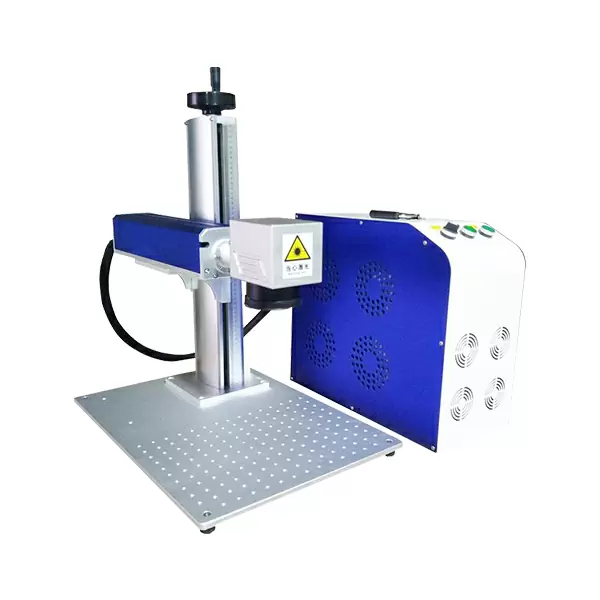The power requirements for operating a laser marking machine depend on several factors, including the type of laser source used, the machine’s configuration, and the specific application requirements.
Here’s an overview of the typical power requirements for operating a laser marking machine:
- Electrical Power: Laser marking machines typically require electrical power to operate their various components, including the laser source, motion control system, cooling system, and interface electronics. The specific voltage and current requirements may vary depending on the machine’s design and specifications.
- Laser Source: The power requirements for the laser source depend on the type of laser technology used in the marking machine. Common types of laser sources used for marking applications include fiber lasers, CO2 lasers, and diode-pumped lasers. Each type of laser source may have different power consumption characteristics:
- Fiber Lasers: Fiber lasers are commonly used for marking applications due to their high efficiency, reliability, and precision. They typically have lower power consumption compared to other types of lasers, ranging from a few watts to several tens of watts depending on the desired marking speed and depth.
- CO2 Lasers: CO2 lasers are used for marking applications requiring deeper engraving or marking on certain materials such as plastics, wood, or ceramics. They typically consume higher power levels, ranging from several watts to several hundred watts depending on the desired marking depth and speed.
- Diode-Pumped Lasers: Diode-pumped lasers are often used for marking applications requiring high beam quality and precision. They typically consume moderate to high power levels, ranging from a few watts to several tens of watts depending on the specific wavelength and output power.
- Cooling System: Laser marking machines equipped with laser sources that generate significant heat during operation may require a dedicated cooling system to maintain optimal operating temperatures. The power requirements for the cooling system depend on factors such as the cooling capacity, ambient temperature, and thermal load of the laser source.
- Motion Control System: The motion control system of the laser marking machine, including stepper motors, servo motors, or galvanometer scanners, requires electrical power to drive the movement of the laser beam or workpiece. The power requirements for the motion control system depend on factors such as the size and weight of the moving components, desired marking speed, and precision.
- Interface Electronics: The interface electronics of the laser marking machine, including the control panel, display screen, and communication interfaces (e.g., USB, Ethernet), require electrical power to operate. These components typically have low power requirements and may be powered directly from the machine’s main power source.
Overall, the power requirements for operating a laser marking machine depend on the specific configuration, laser source technology, and application requirements. It’s essential to ensure that the machine is connected to a stable and adequately rated power supply to ensure reliable operation and optimal performance.
